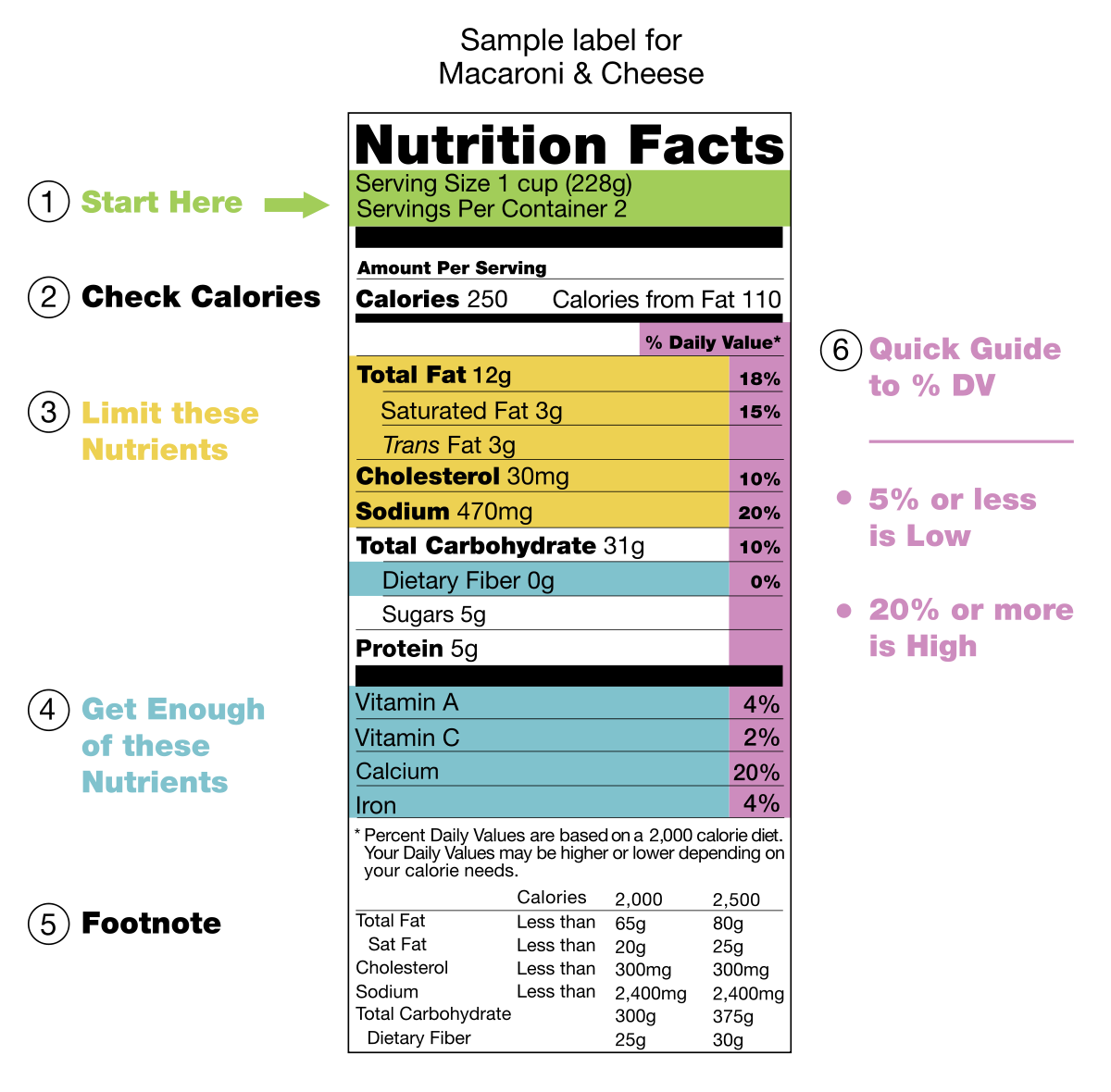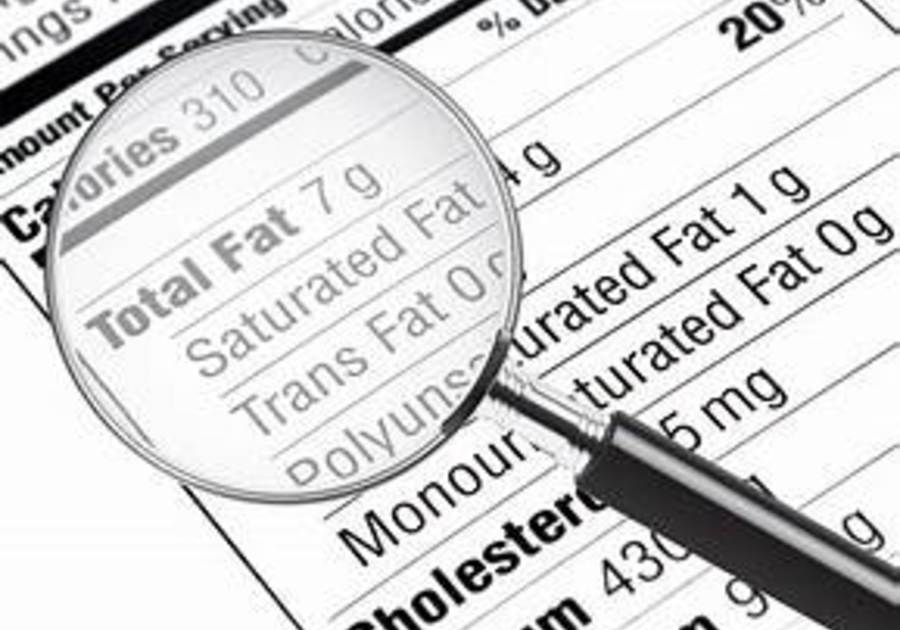Part of eating healthy is paying attention to nutrition labels when you’re out grocery shopping. Ideally, a good chunk of the foods you buy will not have nutrition labels because you are choosing fresh fruit and vegetables. However, many foods will have this label, as required by law, and it’s a useful tool for comparing items and choosing the most nutritious products.
The FDA also regulates food claims and messages on products so that consumers know what these terms mean. For example, if a food says “calorie free,” “fat free,” or “sugar free,” you can count on it having insignificant amounts of those things. But just because a food has a claim on it that sounds good, doesn’t mean you should skip reading and comparing nutrition labels.
For example, when a food says “low sodium” this means it has less than 140 milligrams of sodium. However, if it turns out that the product has 139 mg of sodium, that’s still a good amount of sodium for one serving, so you might want to actually look at the amount of sodium listed on the nutrition label and compare it to other products.
The point is, don’t just assume a product claim means a food is healthy - look deeper, investigate! We’ll delve into this further by comparing some food labels throughout this series. If you’re not sure what a food claim means, and the nutrition label doesn’t make it any clearer, you can easily look it up.
Now, let’s look at the components of a nutrition label.
Ingredients List: Description from the USDA website: “The Ingredient List shows each ingredient in a food by its common or usual name in descending order by weight. So, the ingredient with the greatest contribution to the product weight is listed first, and the ingredient contributing the least by weight is listed last. The ingredient list is usually located near the name of the food's manufacturer and often below the Nutrition Facts Label.”
Things to look for: choose foods that have less ingredients, and ingredients that are simple and easy to recognize as food. Ingredients to avoid are hydrogenated oils (trans fats), added sugars (especially high fructose corn syrup), grains that are not listed as “whole,” and other additives that you don’t recognize as food. Ingredients to look for as being listed first or near the beginning of the list are foods like whole grains, dairy, fruit, vegetables, nuts, or legumes.
Serving Size: Keep in mind that all of the information listed on the Nutrition Facts Label is based on one serving of the food. So, it’s important to know how much one serving is before you make any assumptions about the food. Often, people eat a much larger serving of certain foods than what is considered a serving size, so it’s good to be aware of this. It’s ok to have more than one serving of a food, as long as you understand that it will increase the calories and other nutrients that you’re consuming.
Servings Per Container: One package of food may contain more than one serving, so be careful not to assume that a smaller container is one serving - small beverages are often more than one serving, adding up to a lot of calories and sugar.
Calories: This refers to the amount of calories in one serving of the food. It’s good to understand generally what your calorie intake for the day should be. If your calorie requirement is around 1,500, a food that has 500 calories should be considered a meal, and would be high for a snack.
Calories from Fat: These are not additional calories, just how many of the calories listed previously are from fat in one serving of the food.
% Daily Value (%DV): There is an agreed upon recommended daily value of the nutrients we need. This gives you what percentage of that daily recommendation is provided by one serving of the food.
Nutrients: The Nutrition Facts Label must list: total fat, saturated fat, trans fat, cholesterol, sodium, total carbohydrate, dietary fiber, sugars, protein, vitamin A, vitamin C, calcium, and iron. It’s better to avoid foods that have a high percentage trans fat, sodium, and sugars, especially if they have a low percentage of the other nutrients listed.
Healthy foods have less or no trans fat, sodium, and sugars, but provide high percentages of nutrients like healthy fats, carbohydrate, fiber, protein, and vitamins and minerals.
Footnote With Daily Values: The standard footnote at the bottom of the Nutrition Facts Label indicates that some of the %DVs are based on a 2,000 calorie daily diet. However, your Daily Values may be lower or higher depending on your calorie needs, which vary according to age, gender, height, weight, and physical activity level. You can easily figure out your general calorie needs by using an online calculator, diet tracking program, or consulting with your doctor or nutritionist.

For more information, visit the FDA website: and click on “Food.” There, you can explore labeling and nutrition, and ingredients and packaging in more detail. In the next article, we will delve deeper into one of the 3 main nutrients that provide energy - carbohydrates.

Johnna Paulsen has a BA in Dance from Smith College, and is Certified in Personal Training (ACSM), Senior Strength Conditioning, and Corrective Exercise. She is also a licensed Zumba Gold instructor.
Phone: 413-563-7796, email: johnnadancer@gmail.com, Facebook: @johnnapaulsenpersonaltrainer



